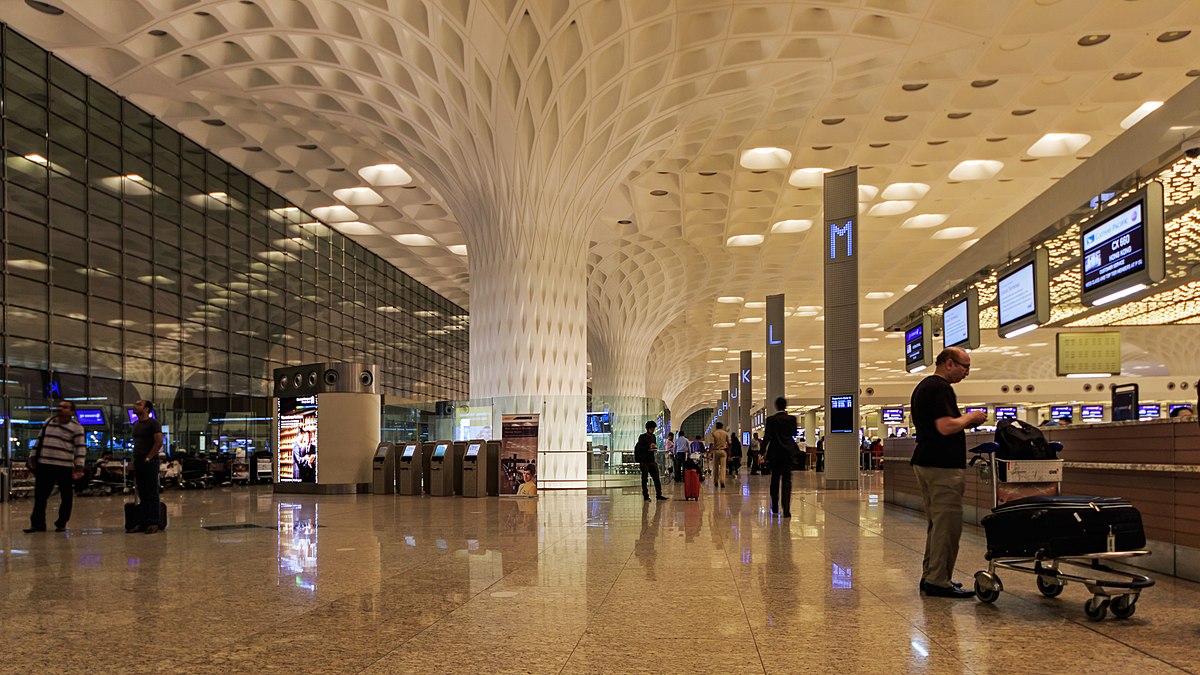The Importance of Crew Schedulers in Aviation Operations
The Importance of Crew Schedulers in Aviation Operations The aviation industry runs on a tight schedule, and behind every successful flight is a team of devoted crew schedulers who make sure the right people are in the right place at the right time. This article delves into the many roles of crew schedulers, from handling flight crew assignments to negotiating dynamic scheduling issues while maintaining regulatory compliance and resolving work-life balance concerns Crew Scheduler Responsibilities Crew Assignment Management Crew schedulers are critical in allocating flight crews to certain routes and aircraft. This includes taking into account crew qualifications, availability, and individual preferences. The goal is to develop ideal schedules that strike a balance between efficiency and crew happiness. Coordination and communication The importance of effective communication and cooperation cannot be overstated. crew schedulers coordinate with other departments, such as crew management, operations, and training, to guarantee smooth collaboration. This teamwork is critical for proper scheduling and minimizing interruptions. Ensuring Regulatory Adherence Flight Duty Time Limitations (FDTL) It is a regulatory concept in aviation that defines the maximum amount of time a flight crew member is allowed to be on duty, including both flight time and non-flight time, during a specified period. The Civil Aviation Authorities of respective countries establishes flight duty time limitations (FDTL) to guarantee proper rest intervals for pilots and flight attendants and to minimize fatigue-related safety hazards. Knowledge of Aviation Regulations Crew schedulers must be thoroughly familiar with aviation rules controlling crew duty time, rest intervals, and maximum flying hours. This information is essential for developing schedules that meet regulatory criteria while maintaining a high degree of safety. Compliance Checks That Are Automated Crew schedulers frequently rely on sophisticated software that automates compliance checks to ease compliance. These technologies take regulatory aspects into account, lowering the chance of errors and guaranteeing that worker schedules adhere to legal regulations. Adapting to the Challenges of Dynamic Scheduling Real-Time Modifications Weather, maintenance concerns, and unforeseen occurrences all contribute to the dynamic nature of aviation operations. Crew schedulers must respond quickly, making real-time changes to guarantee that flights are appropriately crewed and on time. Algorithms for Optimization Personnel schedulers may negotiate complicated factors such as personnel availability, qualifications, and fatigue management by using powerful optimization algorithms. This enables the development of efficient schedules capable of withstanding changing obstacles. Keeping a Work-Life Balance Management of Crew Fatigue Crew schedulers must strike a balance between operational demands and the safety of flight crews. To ensure that crew members are fit for duty and can execute their tasks safely, fatigue management is crucial. Practices for Flexible Scheduling Recognizing the need of work-life balance, crew schedulers may employ flexible scheduling strategies, accommodating individual preferences wherever possible. This not only improves job satisfaction but also contributes to the crew’s general well-being. Finally, the work of crew schedulers is critical to the efficient operation of aircraft operations. crew schedulers play important role behind the scenes, managing crew assignments meticulously, maintaining regulatory compliance, and reacting to changing situations. Recognizing the significance of work-life balance adds a new degree of complication to their obligations. Maintaining a high level of operational efficiency and worker happiness requires balancing these factors.









